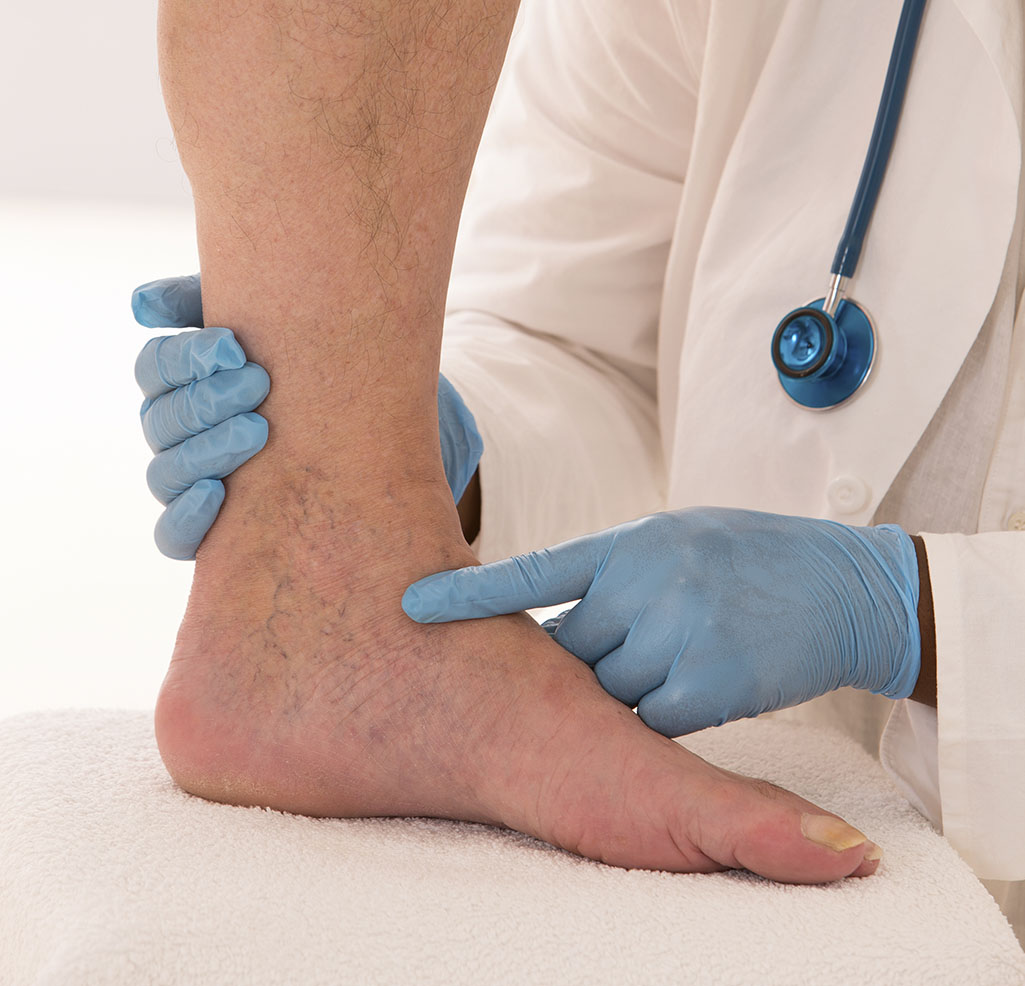Blood clots in the leg, also known as deep vein thrombosis (DVT), can be a serious and potentially life-threatening condition. It is important to be aware of the symptoms of DVT and to seek medical attention if you suspect that you may have a blood clot in your leg. In this article, we will discuss the symptoms of DVT and the various treatment options available.
Symptoms of DVT
The most common symptom of DVT is swelling in the affected leg. This swelling can occur in the foot, ankle, or calf and may be accompanied by pain or tenderness. The skin on the affected leg may also feel warm to the touch and may appear red or discolored.
Other symptoms of DVT may include:
- A feeling of heaviness or tiredness in the affected leg
- Pain or discomfort when flexing the foot or ankle
- A feeling of tightness or fullness in the affected leg
- The appearance of varicose veins in the affected leg (although this is not always the case)
If you experience any of these symptoms, it is important to seek medical attention as soon as possible. DVT can be a serious condition, and prompt treatment is necessary to prevent complications.
Treatment for DVT
There are several treatment options available for DVT, and the specific treatment plan will depend on the severity of the clot and the overall health of the patient.
One common treatment for DVT is anticoagulant medication. Anticoagulants, also known as blood thinners, work by preventing the blood from clotting. This can help to prevent the clot from getting bigger and can also help to prevent new clots from forming. Common anticoagulants include warfarin, heparin, and dabigatran.
In some cases, a patient may be prescribed a combination of anticoagulant medication and a medication called a thrombolytic. Thrombolytics are medications that are designed to dissolve blood clots. They are usually only used in severe cases of DVT, as they can have serious side effects.
In addition to medication, patients with DVT may also be advised to wear compression stockings. These stockings apply gentle pressure to the leg, which can help to reduce swelling and improve blood flow.
In some cases, a procedure called thrombectomy may be necessary to remove the blood clot. Thrombectomy is a surgical procedure in which a small incision is made in the affected leg and a special device is used to remove the clot. This procedure is usually only used in severe cases of DVT and is typically reserved for patients who are not responding well to other treatment options.
Other treatments for DVT may include physical therapy, leg elevation, and lifestyle changes. Physical therapy can help to improve circulation and reduce swelling in the affected leg, while leg elevation can help to reduce swelling and improve blood flow. Making lifestyle changes, such as quitting smoking and increasing physical activity, can also help to prevent DVT from occurring in the first place.
Conclusion
DVT is a serious and potentially life-threatening condition that requires prompt medical attention. If you suspect that you may have a blood clot in your leg, it is important to seek medical attention as soon as possible. Treatment options for DVT may include anticoagulant medication, thrombolytic medication, compression stockings, thrombectomy, physical therapy, leg elevation, and lifestyle changes. By seeking prompt treatment and making necessary lifestyle changes, it is possible to effectively manage DVT and prevent complications.

 Home
Home Health
Health Diet & Nutrition
Diet & Nutrition Living Well
Living Well More
More












